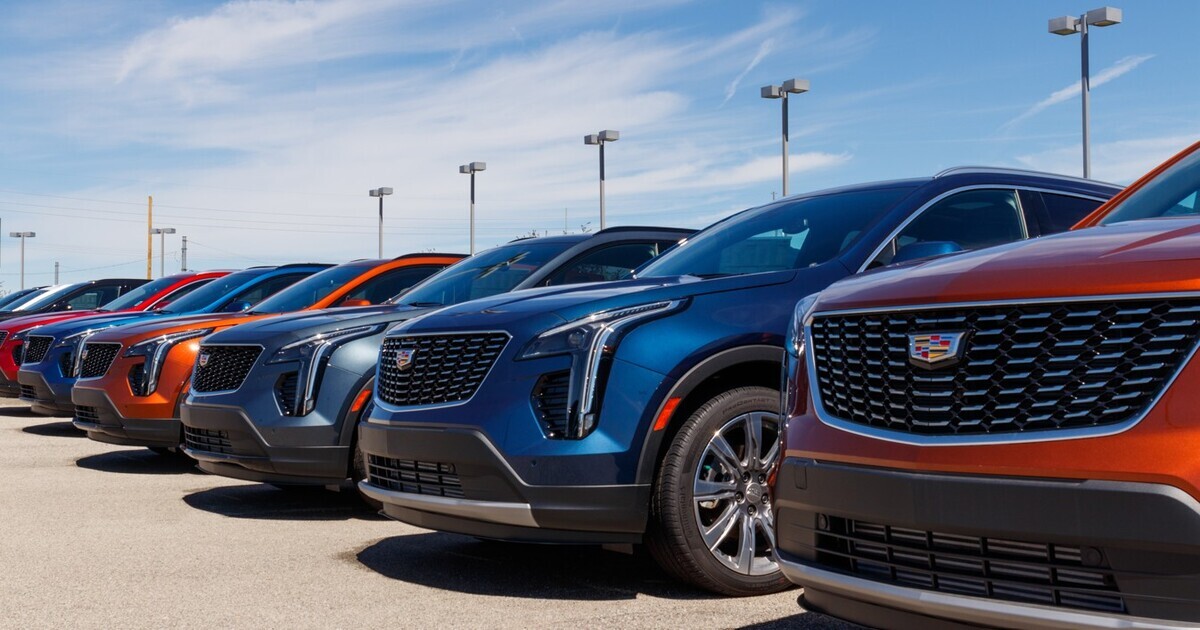Why Are So Few American Cars Sold in Japan?
A reality check on the Trump administration’s grandiosely announced concessions.
August 14, 2025

One of the key goals of the Trump administration negotiators for the trade deal with Japan was to achieve a goal at long last that many U.S. governments have failed to accomplish — selling more American cars in the Japanese market.
The (shocking) numbers
Indeed, in 2024 only 16,707 American cars were imported into Japan (less than 1% of the car market there).
By contrast, more than two million Japanese cars were imported into the United States last year and, when combined with the cars produced by Japanese manufacturers in the United States, Japanese-branded cars comprised more than 40% of the U.S. car market.
The big question
But is this discrepancy the result of Japanese trade barriers or specific policies to shut American cars out of the Japanese market?
Or is it more a result of Japanese consumer preferences and the inability or unwillingness of U.S. car companies to produce cars to fit the requirements of the Japanese market?
An onsite report
In 1996, when I was Vice President of AT&T Japan and also Vice President of the American Chamber of Commerce in Japan, my company provided me a car and driver.
Seeing that my car was a Nissan Cima, the then-U.S. Ambassador to Japan Walter Mondale, a former Vice President of the United States under Jimmy Carter, suggested that I might want to replace it with an American car.
He made the suggestion in view of my role at AT&T and the American Chamber. Acting upon the wish of the ambassador, the CEO of GM Japan offered to lease me a Cadillac Fleetwood for the same price as the Nissan Cima.
Keeping on trying
I gladly tried the Fleetwood and found that it provided a comfortable ride on the highway to and from Narita Airport, but it was much too large to make turns (including to the underground garage at my residence) on the one-way street where I lived in Roppongi.
When I told him about my problem with the Cadillac, the GM Japan CEO said he could solve it by offering me a Cadillac Seville, which was smaller than the Fleetwood.
However, the Seville’s trunk was much smaller than that of the Nissan Cima and could not accommodate two suitcases when my wife and I would travel abroad.
So, I explained the situation to the GM Japan CEO and to Ambassador Mondale, and went back to using the Nissan Cima (and later a Toyota Lexus).
Both the Cima and the Lexus also had the virtue of having the steering wheel on the right side of the car. By contrast, neither the Fleetwood nor Seville had the steering wheel on the side of the car that made sense for Japan, where cars run on the left side of the road.
Conclusion
So, although Donald Trump continues to complain that the Japanese market is “closed” to foreign auto makers, the fact that in 2024, more than 53,000 Mercedes-Benz cars were sold in Japan versus only 518 Chevrolets point to a sobering truth.
The numbers indicate that the low U.S. auto market share in Japan is less a function of trade barriers and more a matter of Japanese consumer preferences and the need to produce cars that fit the requirements of the Japanese market.
Takeaways
Although the Trump administration complains that the Japanese market is "closed" to foreign auto makers, the fact that in 2024, more than 53,000 Mercedes-Benz cars were sold in Japan versus only 518 Chevrolets point to a sobering truth.
The numbers indicate that the low U.S. auto market share in Japan is less a function of trade barriers and more a matter of Japanese consumer preferences and the need to produce cars that fit the requirements of the Japanese market.
In 2024 only 16,707 American cars were imported into Japan (less than 1% of the car market there).
American cars often don’t meet practical needs in Japan, such as having the steering wheel on the left side, which makes driving in Japan’s left-side traffic difficult.

